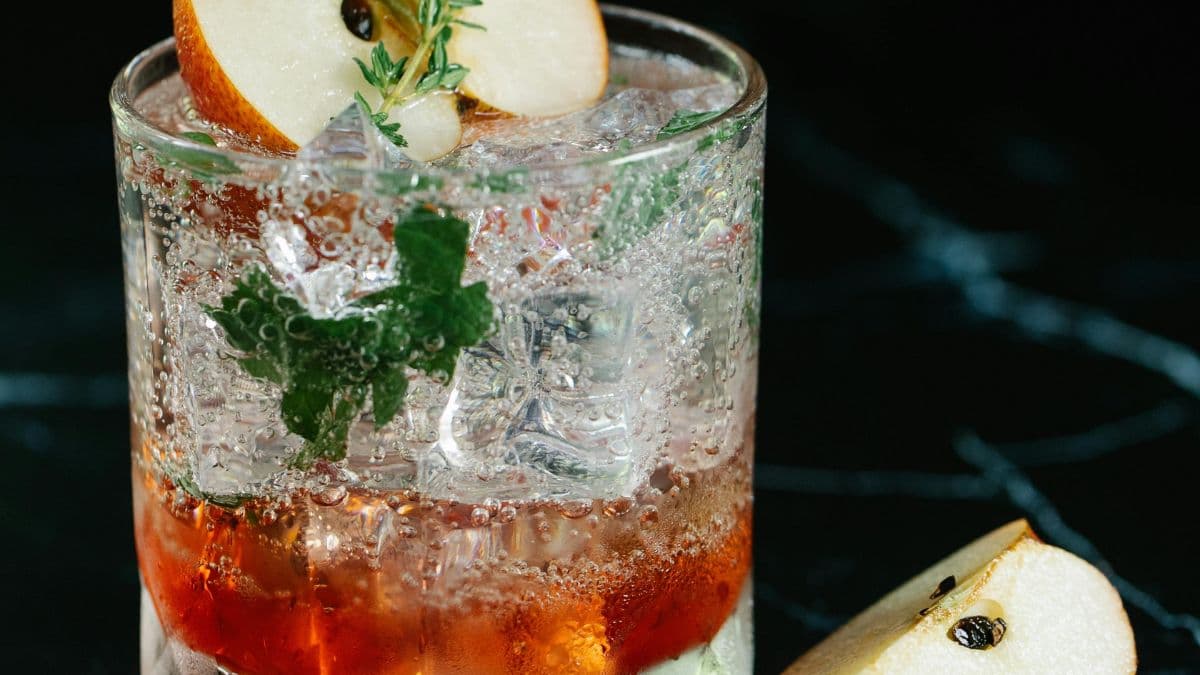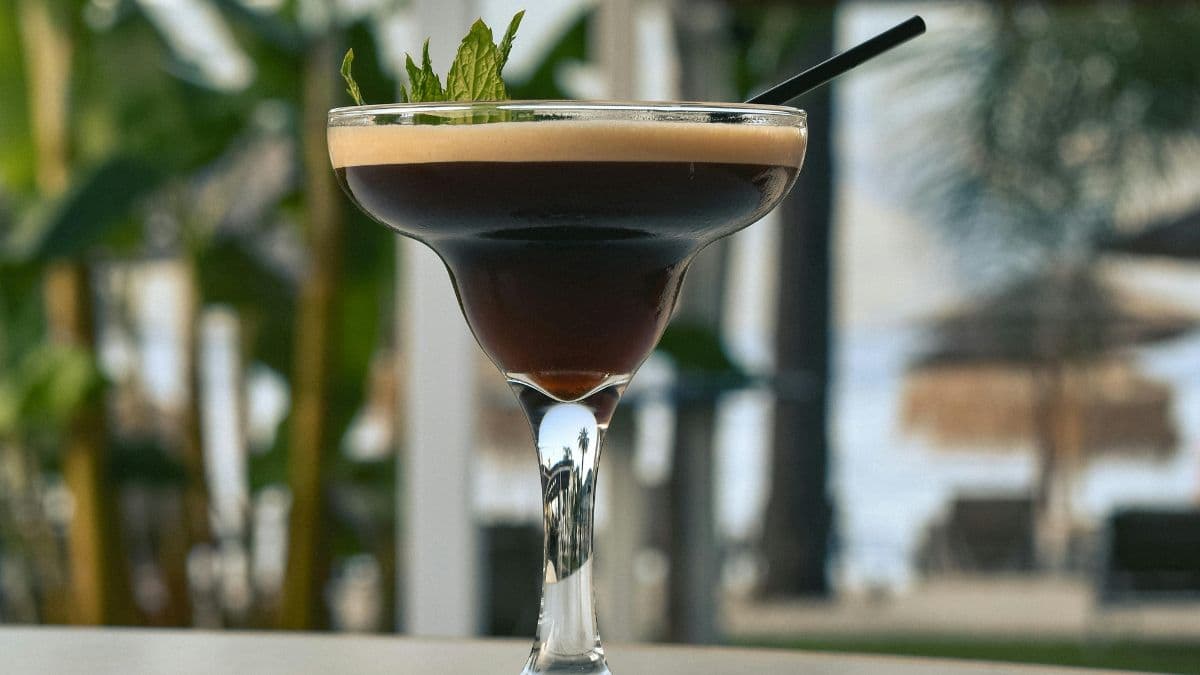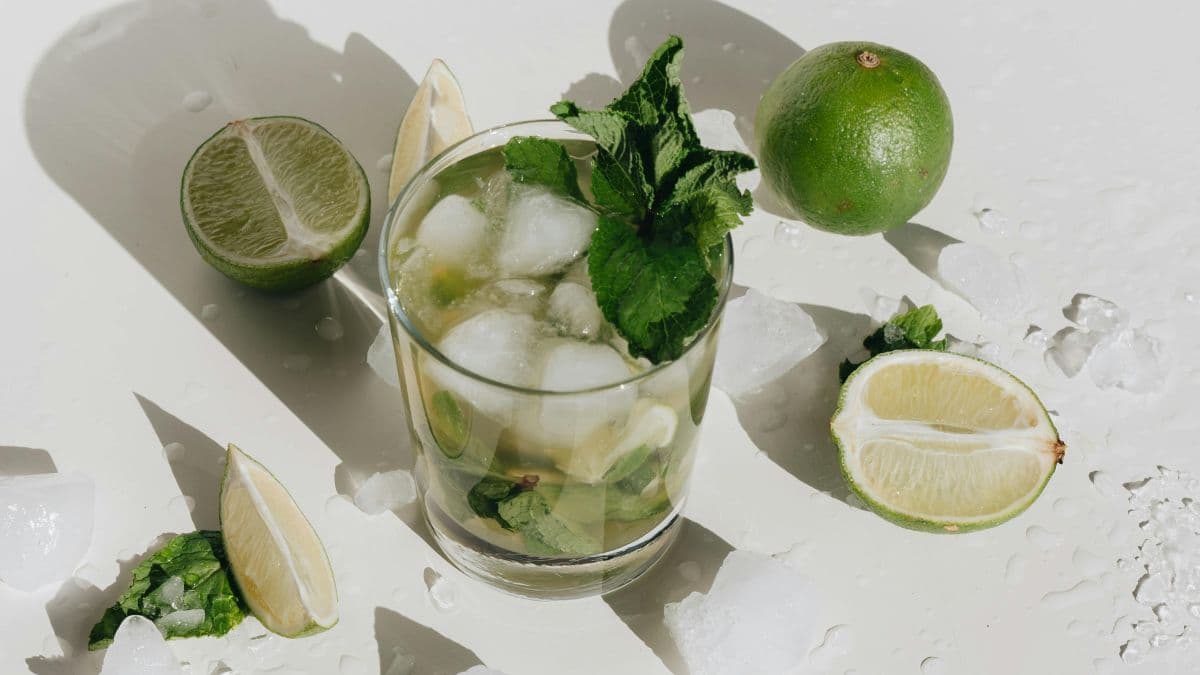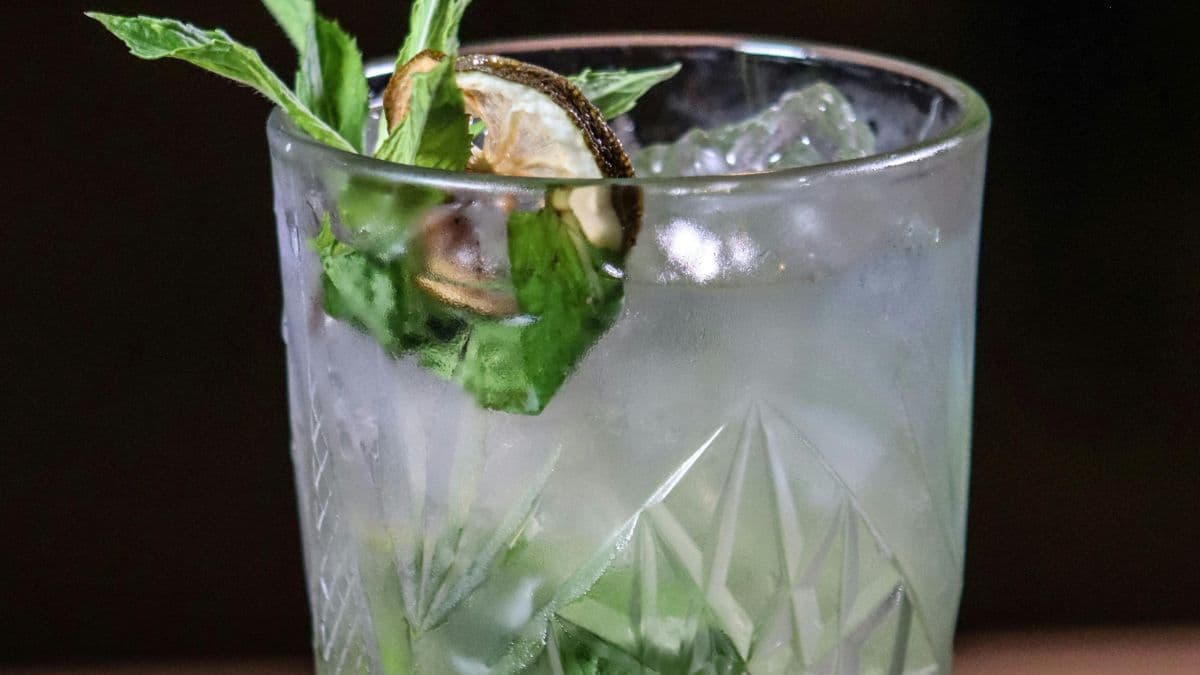Rum Diaries: A Deep Dive Into An Indian Mixologist’s Favoured Spirit
A spirit with a rather fascinating trajectory in the Indian subcontinent, rum is a popular liquor across Indian bars – known for its tart tastes and deep flavour profile. The drink came to Indian shores nearly two centuries ago and from then on, it has proliferated across cocktail and mixology cultures to become the go-to spirit for blending highballs, warm toddies and punch recipes.
Today, rum drinks like the espresso rumtini cocktail or the tamarind and rum fizz rank high in the trendiest bars across the country as cocktails which bring out the splendid caramelised notes of the spirit. This sheer flavour exploration is only indicative of the deep roots of rum in the Indian subcontinent and how its enduring presence in mixology has prompted bartenders to reimagine and reinvent rum cocktails well-suited to monsoon and wintry climes.

Rum In India – A Look Back
A closer reading of the history of rum’s arrival on the Indian coast reveals that this spirit came into this tropical territory via British trade routes. The spirit has its origins along Caribbean shores. Here, sugarcane grew in abundance and the molasses extracted from this plant was fermented to prepare a spirit which is recognised as rum today.
Traders passing through the Caribbean eventually brought rum and the knowledge of its production to Indian regions. Sometime in the 1800s, it became popular among the British militia stationed in the Indian subcontinent.

A century later, Indian spirit makers well-versed in the knowledge of making rum out of sugarcane began to ferment molasses in Indian distilleries too, leading to a more localised production of this spirit. In India, sugarcane grows in abundance and different local varieties began to be incorporated in the process of making rum that was more suited to the Indian taste.
Now, rum has become a spirit which is often added to different desi-themed cocktails, is served as a nightcap after dinner or is added to simple highballs like a cuba libre prepared using 30 ml Captain Morgan Dark Rum or any other premium rum of choice, and about 60 ml of any cola of choice.
Also Read: Rum Cocktails With Bael: Try These 5 Drinks Which Celebrate This Indigenous Fruit

Rum Styles In India
Of the different varieties of rum that are commonly incorporated in mixology, here are some which have gained popularity in Indian bars:
– Molasses-Based Dark Rum: A rich, full-bodied and slightly aged rum, this is a distinctive spirit with a rich flavour. One such rum variation, the Captain Morgan Dark Rum is full of this robust tasting note and hints of blended spices, vanilla and rich caramel which lend the spirit much flavour depth.

– White Rum: Clean, light and often unaged, white rum is generally charcoal-filtered to turn it into the clear spirit used to prepare a lot of popular tropical cocktails like daiquiris and mojitos.
– Spiced And Flavoured Rum: In Indian bars, spiced rum has acquired a bit of popularity as an excellent addition to cocktails that feature the complex flavours of vanilla, citrus peels, cinnamon and oak. Some of these spiced rums produced as small-batch, artisanal spirits tell the story of the presence of rum in modern mixology that carries a global appeal.

Rum In Desi Cocktails
Today, cocktail culture in India is witnessing a hyper-local yet simultaneously global movement where indigenous ingredients are being used to put Indian mixology on the world map. Rum has a crucial role to play in this journey.
A spirit which can embody versatile ingredients, rum is being used by mixologists to rework classics, fashioning drinks like kokum rum mojitos, tamarind daiquiris and jaggery rum old fashioned. Now more than ever, as local distillers use Indian spices for rum experiment with tropical fruit infusions and coastal aging processes, rum is more relevant than ever – in a reimagined look exclusively crafted for the modern palate.
Drink Responsibly. This communication is for audiences above the age of 25.





